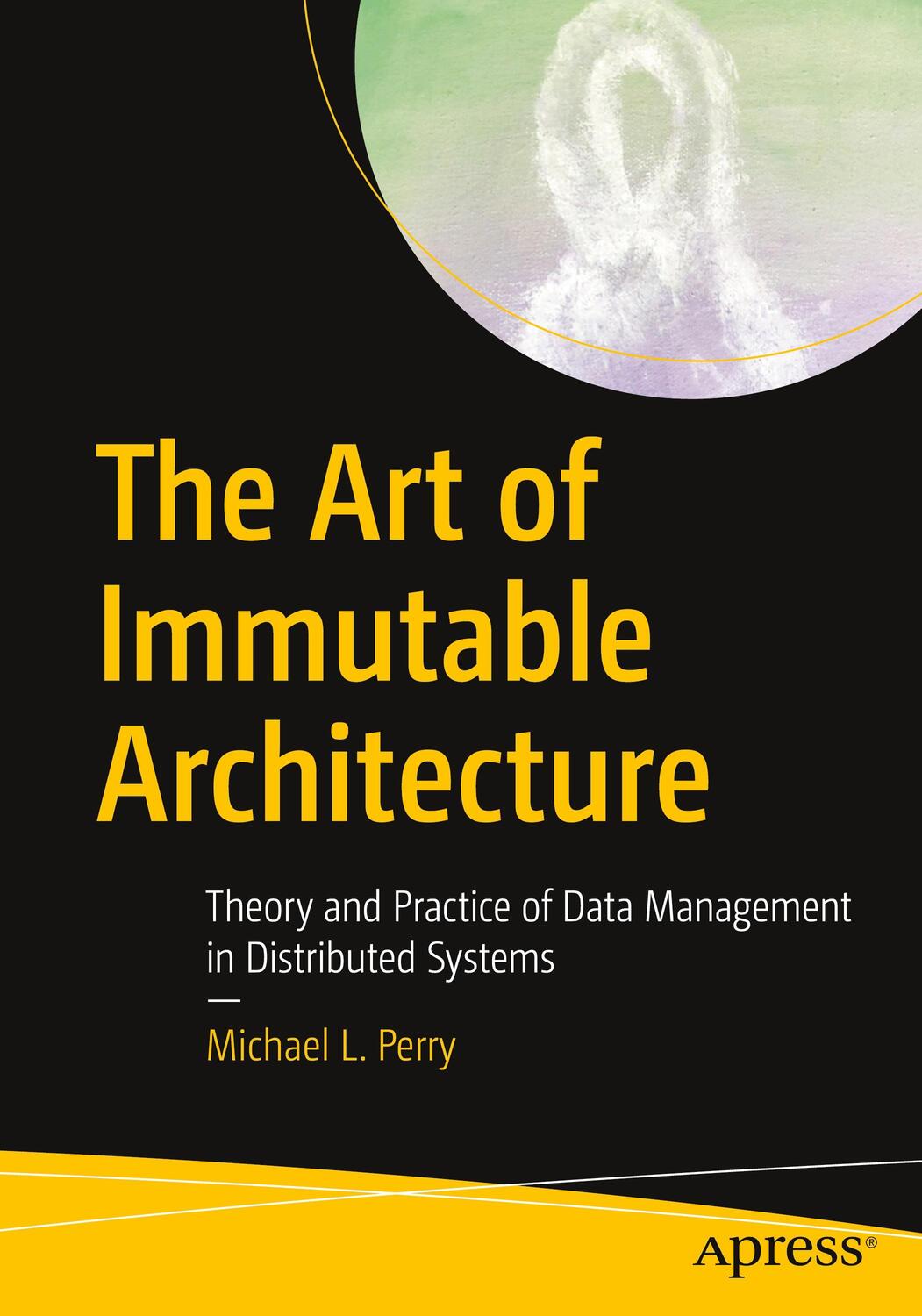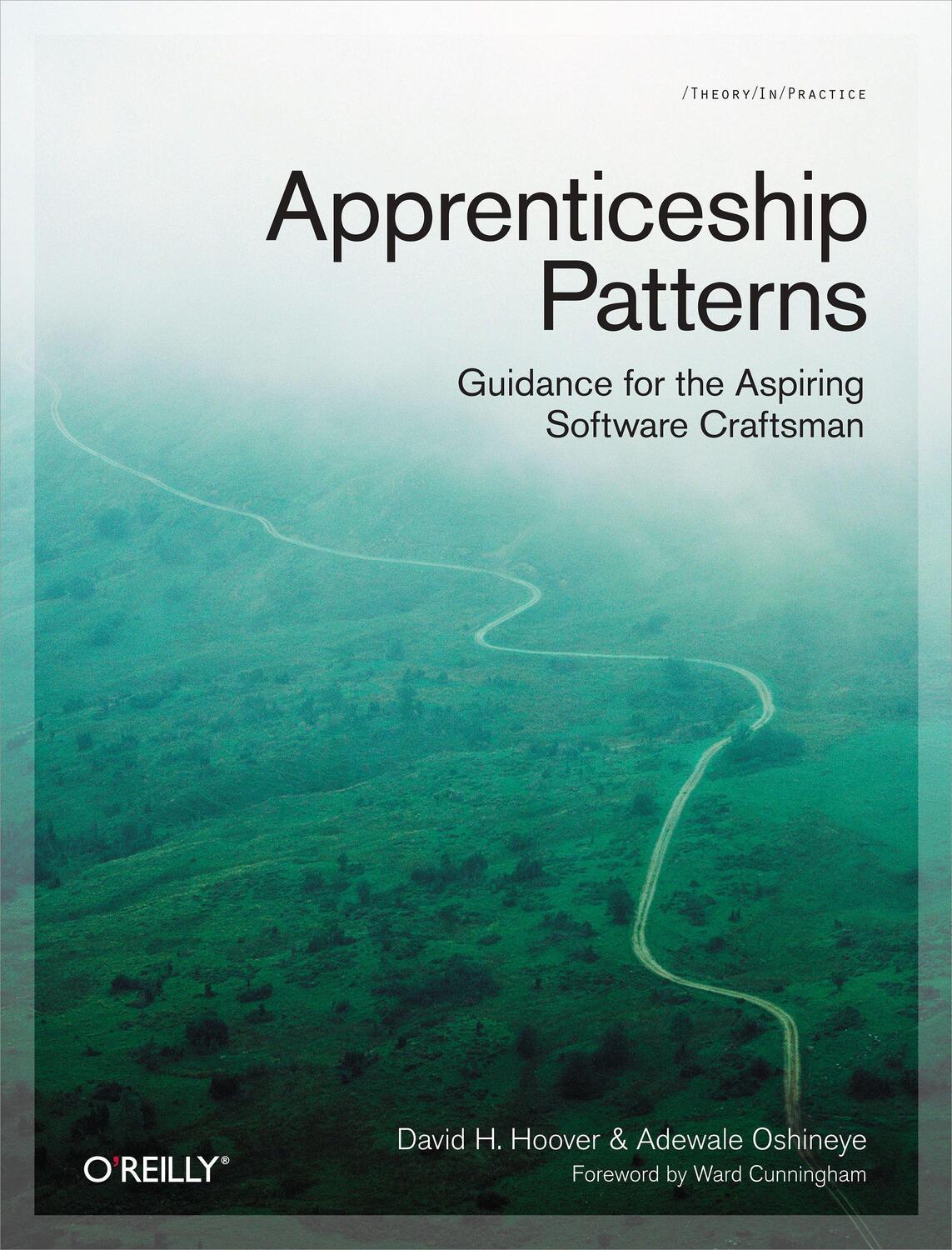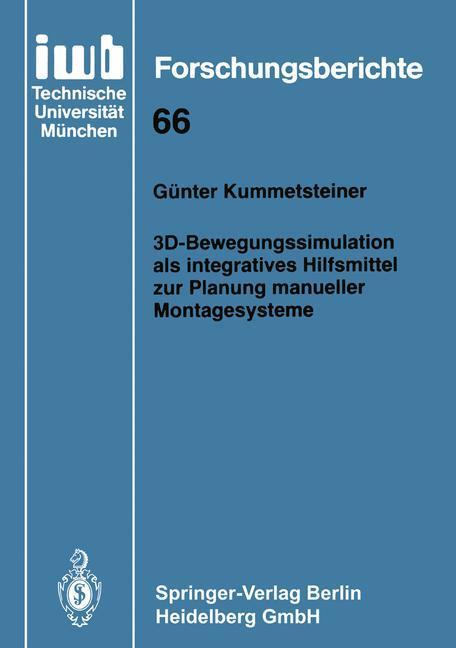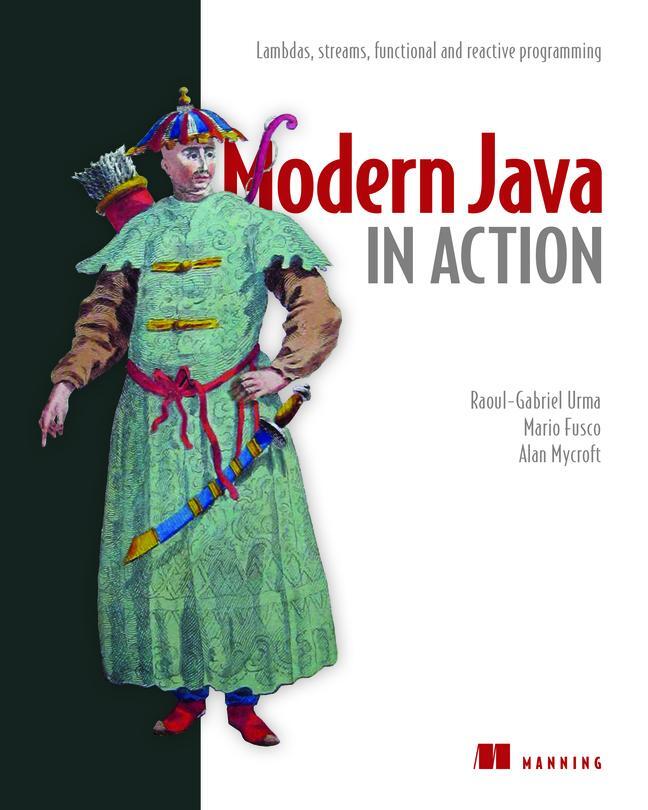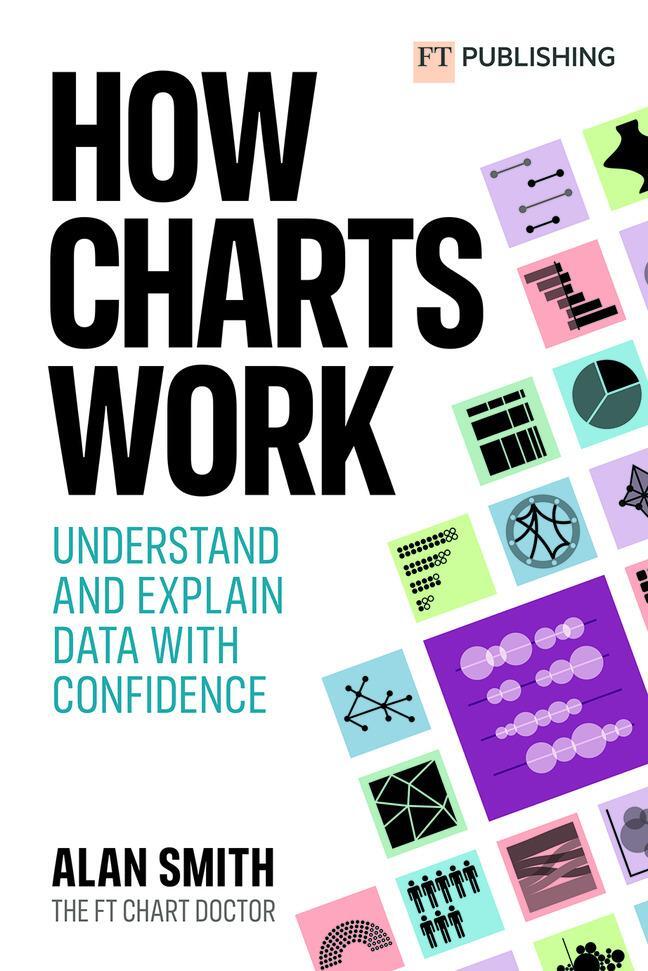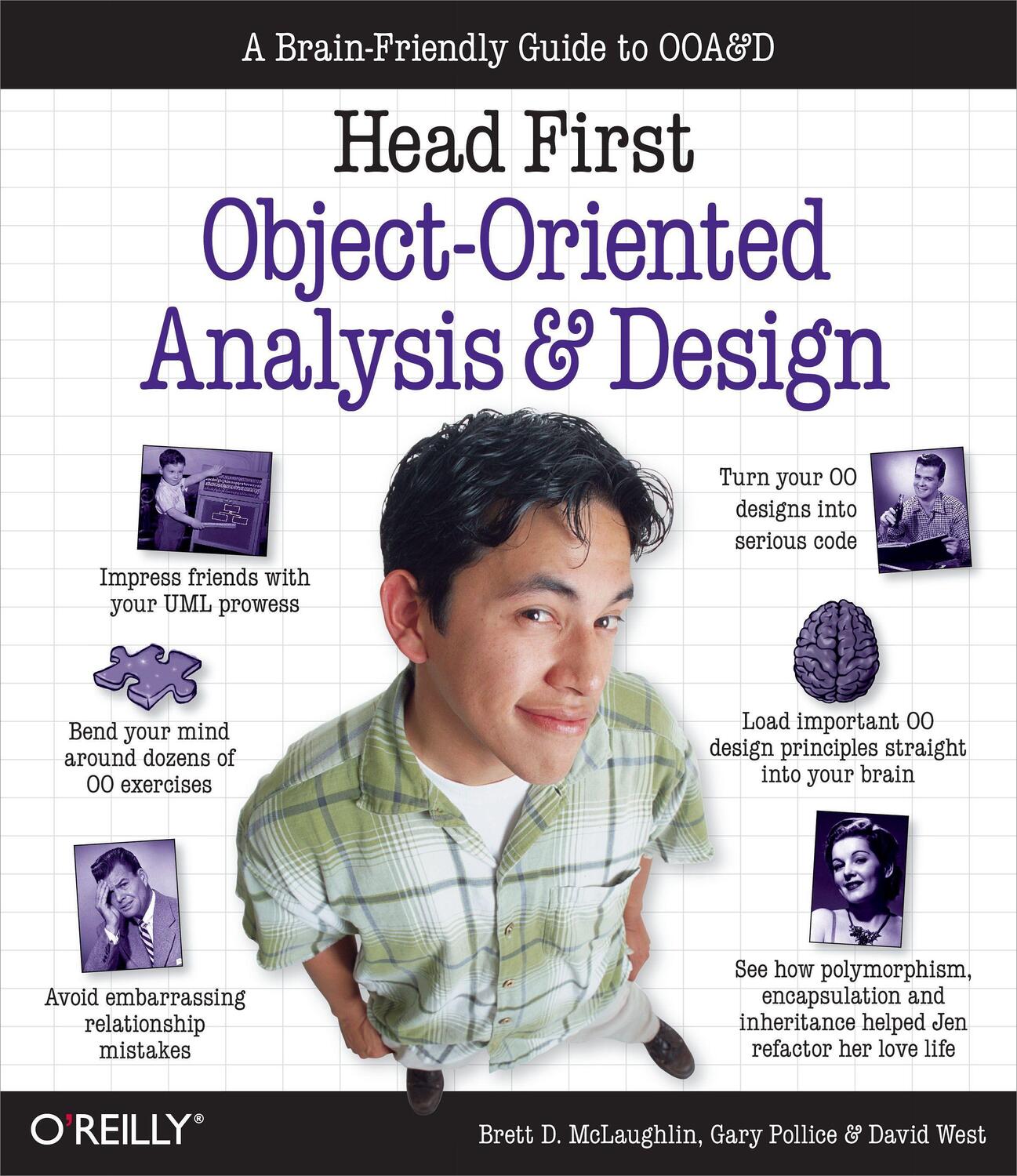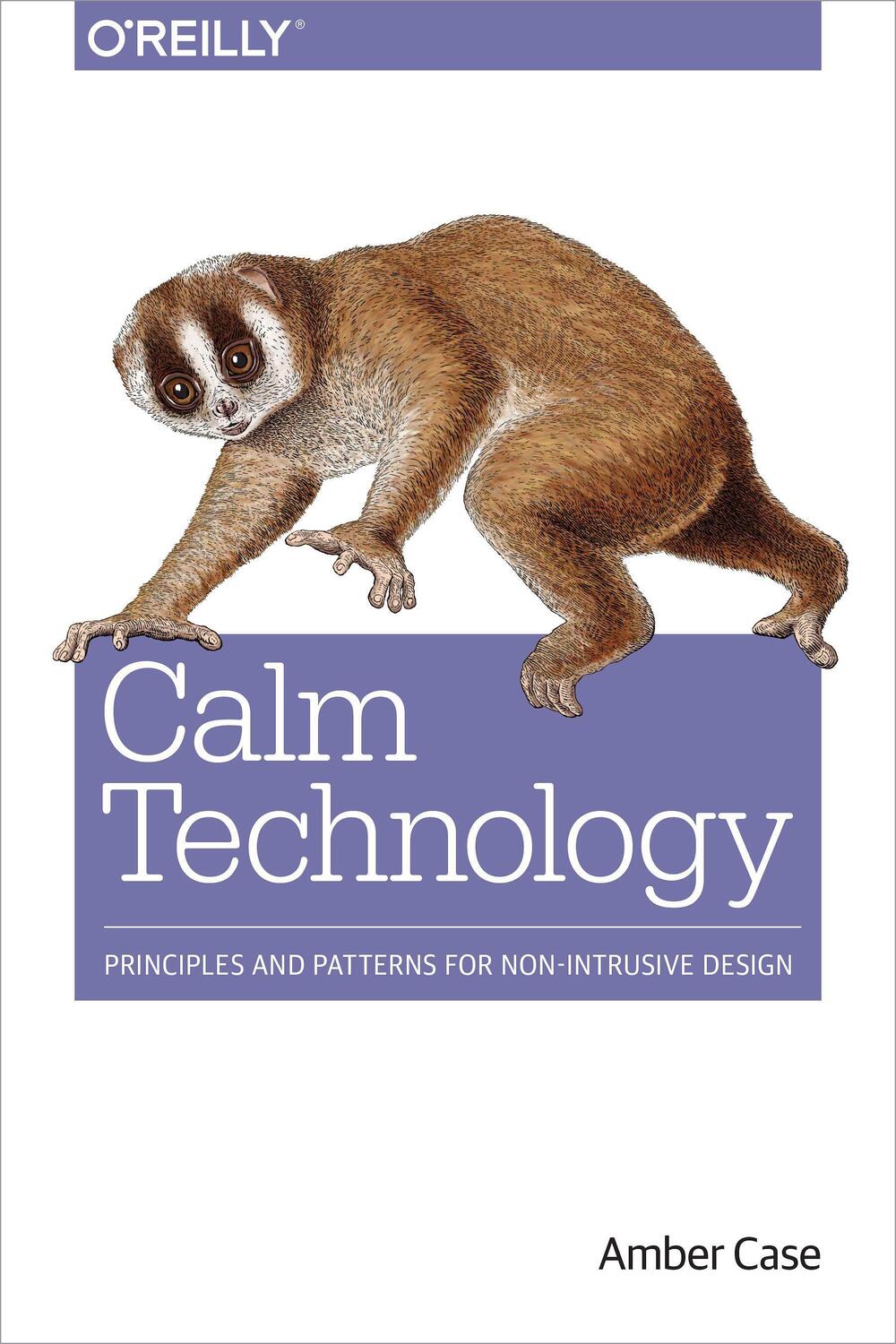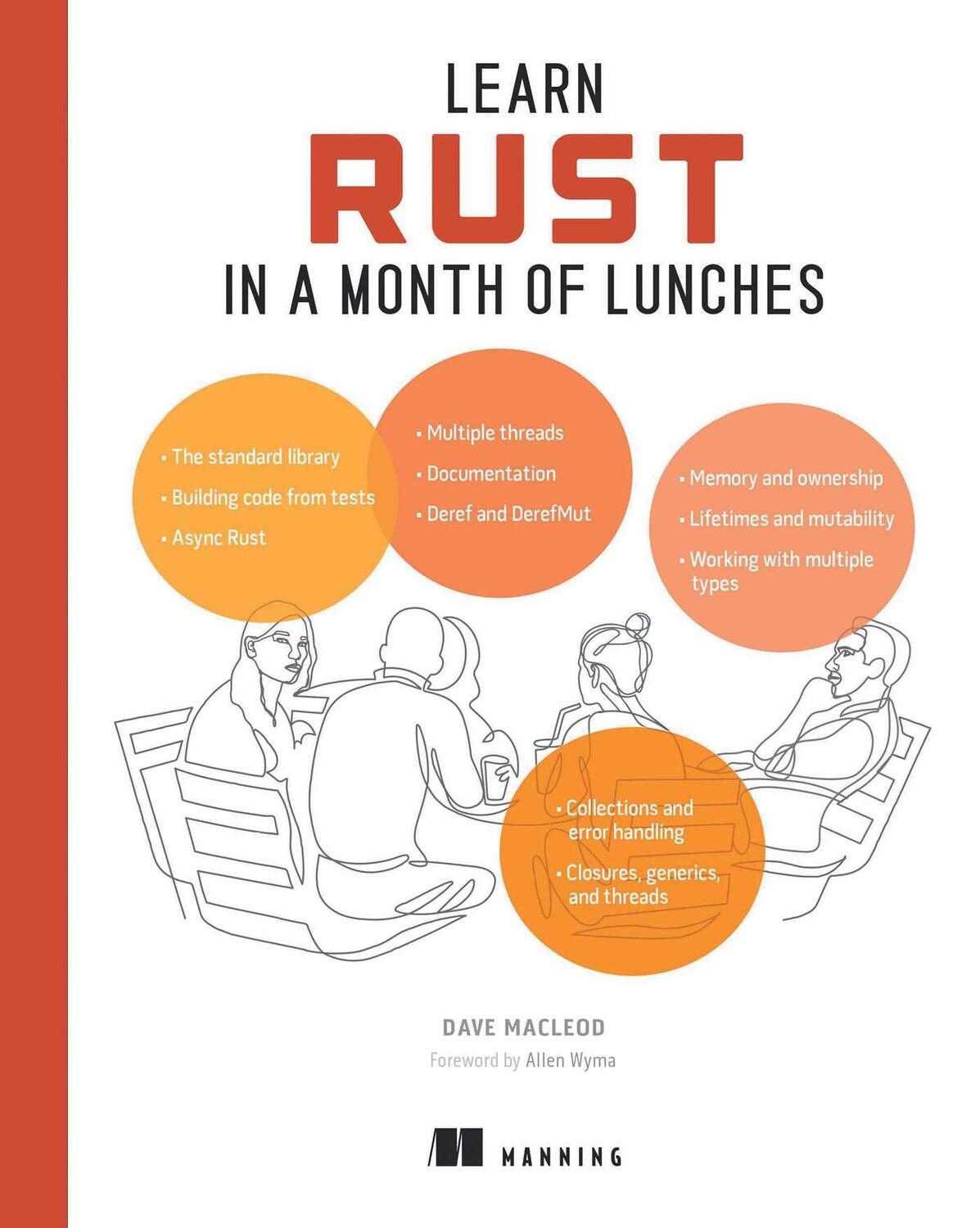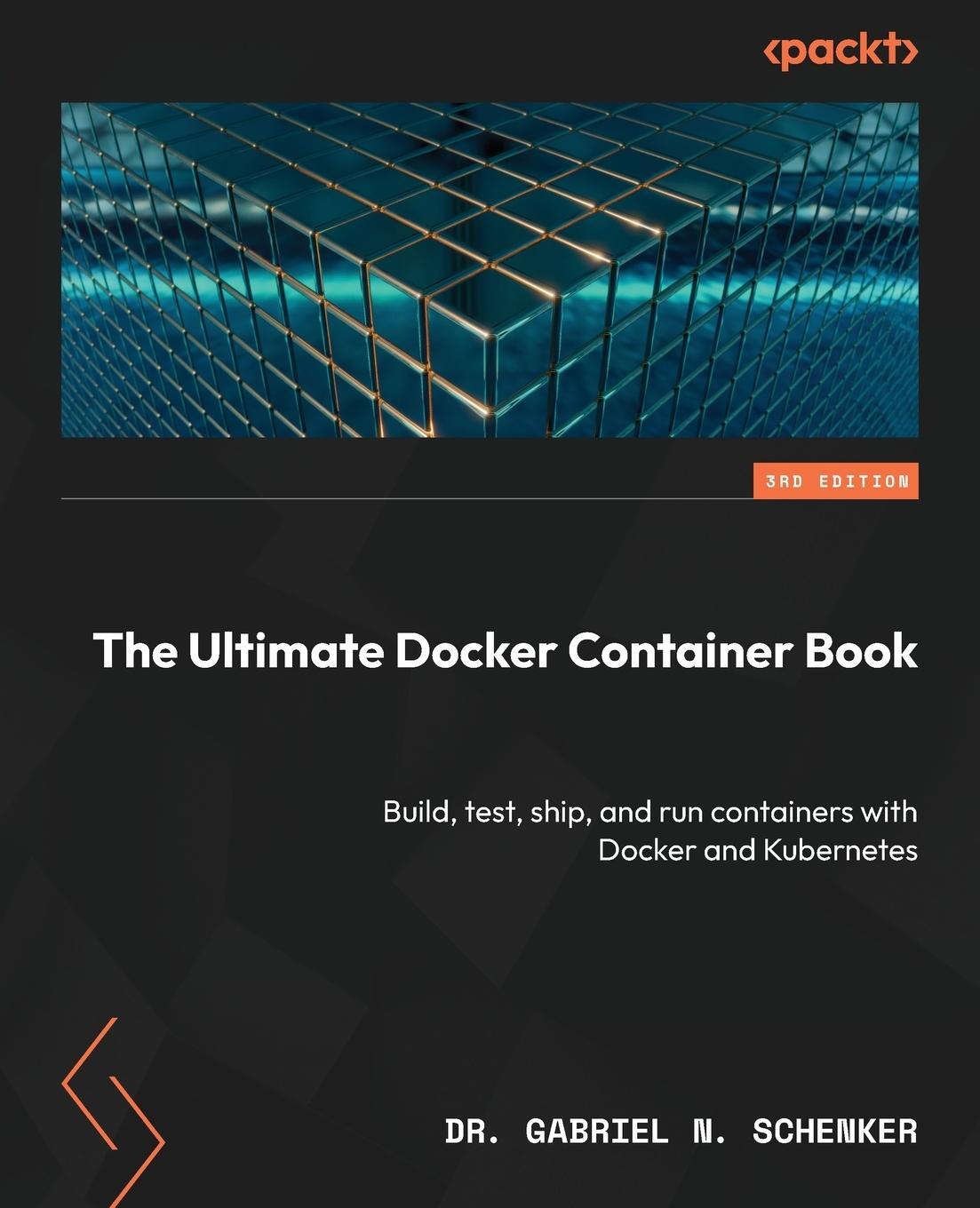57,95 €*
Versandkostenfrei per Post / DHL
Lieferzeit 4-7 Werktage
Recognize the problems in existing designs, and make small modifications to correct them
Start a new system from scratch, applying patterns
Apply the principles of immutable architecture to your tools, including SQL databases, message queues, and the network protocols that you already use Discover new tools that natively apply these principles
Recognize the problems in existing designs, and make small modifications to correct them
Start a new system from scratch, applying patterns
Apply the principles of immutable architecture to your tools, including SQL databases, message queues, and the network protocols that you already use Discover new tools that natively apply these principles
Michael L. Perry has built upon the works of mathematicians such as Bertrand Meyer, Leslie Lamport, and Donald Knuth to develop a mathematical system for software development. He has captured this system in a set of open source projects. Michael often presents on math and software at events and online. You can find out more at [...].
Teaches you to design software that never destroys information
Shows you how to scale beyond the data center, while honoring the limitations of distributed systems
Presents material based on mathematics, and tested over several enterprise projects
Part I: Definition.- Chapter 1: Why Immutable Architecture.- Chapter 2: Forms of Immutable Architecture.- Chapter 3: How to Read a Historical Model.- Part II: Application.- Chapter 4: Location Independence.- Chapter 5: Analysis.- Chapter 6: State Transitions.- Chapter 7: Security.- Chapter 8: Patterns.- Part III: Implementation.- Chapter 9: Query Inverses.- Chapter 10: SQL Databases.- Chapter 11: Communication.- Chapter 12: Generated Behaviors.
| Erscheinungsjahr: | 2020 |
|---|---|
| Genre: | Informatik |
| Rubrik: | Naturwissenschaften & Technik |
| Medium: | Taschenbuch |
| Seiten: | 444 |
| Inhalt: |
xxvi
418 S. 197 s/w Illustr. 418 p. 197 illus. |
| ISBN-13: | 9781484259542 |
| ISBN-10: | 1484259548 |
| Sprache: | Englisch |
| Ausstattung / Beilage: | Paperback |
| Einband: | Kartoniert / Broschiert |
| Autor: | Perry, Michael L. |
| Auflage: | 1st ed. |
| Hersteller: |
Apress
Apress L.P. |
| Maße: | 254 x 178 x 24 mm |
| Von/Mit: | Michael L. Perry |
| Erscheinungsdatum: | 15.07.2020 |
| Gewicht: | 0,829 kg |
Michael L. Perry has built upon the works of mathematicians such as Bertrand Meyer, Leslie Lamport, and Donald Knuth to develop a mathematical system for software development. He has captured this system in a set of open source projects. Michael often presents on math and software at events and online. You can find out more at [...].
Teaches you to design software that never destroys information
Shows you how to scale beyond the data center, while honoring the limitations of distributed systems
Presents material based on mathematics, and tested over several enterprise projects
Part I: Definition.- Chapter 1: Why Immutable Architecture.- Chapter 2: Forms of Immutable Architecture.- Chapter 3: How to Read a Historical Model.- Part II: Application.- Chapter 4: Location Independence.- Chapter 5: Analysis.- Chapter 6: State Transitions.- Chapter 7: Security.- Chapter 8: Patterns.- Part III: Implementation.- Chapter 9: Query Inverses.- Chapter 10: SQL Databases.- Chapter 11: Communication.- Chapter 12: Generated Behaviors.
| Erscheinungsjahr: | 2020 |
|---|---|
| Genre: | Informatik |
| Rubrik: | Naturwissenschaften & Technik |
| Medium: | Taschenbuch |
| Seiten: | 444 |
| Inhalt: |
xxvi
418 S. 197 s/w Illustr. 418 p. 197 illus. |
| ISBN-13: | 9781484259542 |
| ISBN-10: | 1484259548 |
| Sprache: | Englisch |
| Ausstattung / Beilage: | Paperback |
| Einband: | Kartoniert / Broschiert |
| Autor: | Perry, Michael L. |
| Auflage: | 1st ed. |
| Hersteller: |
Apress
Apress L.P. |
| Maße: | 254 x 178 x 24 mm |
| Von/Mit: | Michael L. Perry |
| Erscheinungsdatum: | 15.07.2020 |
| Gewicht: | 0,829 kg |

